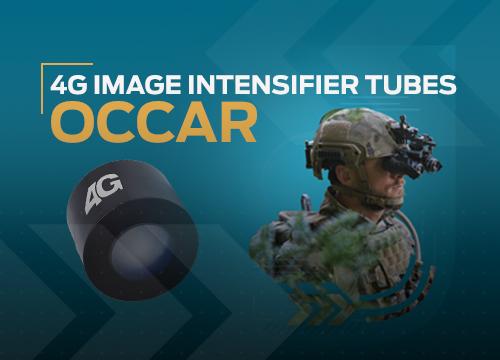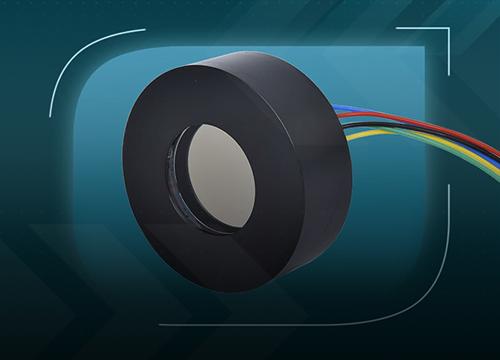How does Telops blackbody-free permanent radiometric calibration work?
Typically, infrared cameras are factory-calibrated using high-precision blackbody reference sources to implement a non-uniformity correction (NUC) for improved image quality and a radiometric calibration to relate observed detector response (digital counts) to blackbody temperature for a single exposure time. If the experiment requires temperature measurements at other exposure time values additional calibration data sets must be acquired, a time-consuming and tedious process.
The Telops proprietary permanent radiometric calibration operates its magic by measuring the electron flux generated by the detector (obtained from dividing digital counts by the exposure time) as a function of a blackbody temperature filling the camera’s Field Of View. The flux generated by the detector is independent of the exposure time and as such, this calibration strategy supports a wide range of operating parameters without the need for sporadic or periodic recalibration. All Telops high-speed broadband and multispectral imagers are delivered with this permanent calibration fully implemented and are ready to use from power-on.
With this technique, a Telops camera is permanently calibrated:
- For the whole range of the camera operating temperature;
- For the whole range of target temperature, from – 40 °C to + 2 500 °C;
- For the whole range of exposure time, continuously and without gaps.
This unique calibration allows the user to operate the IR camera with Automatic Exposure Control (AEC). The camera self-adjusts the exposure time of all pixels simultaneously, in real time, to always maximize the signal to noise ratio, without reaching saturation.



